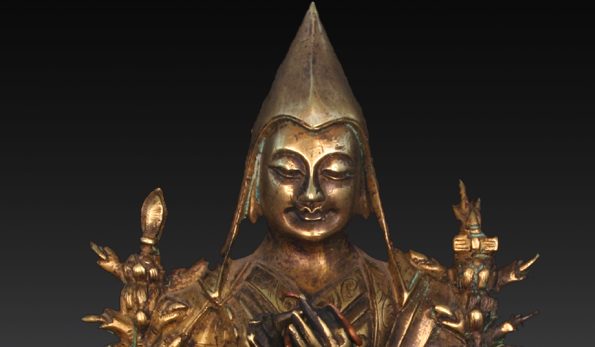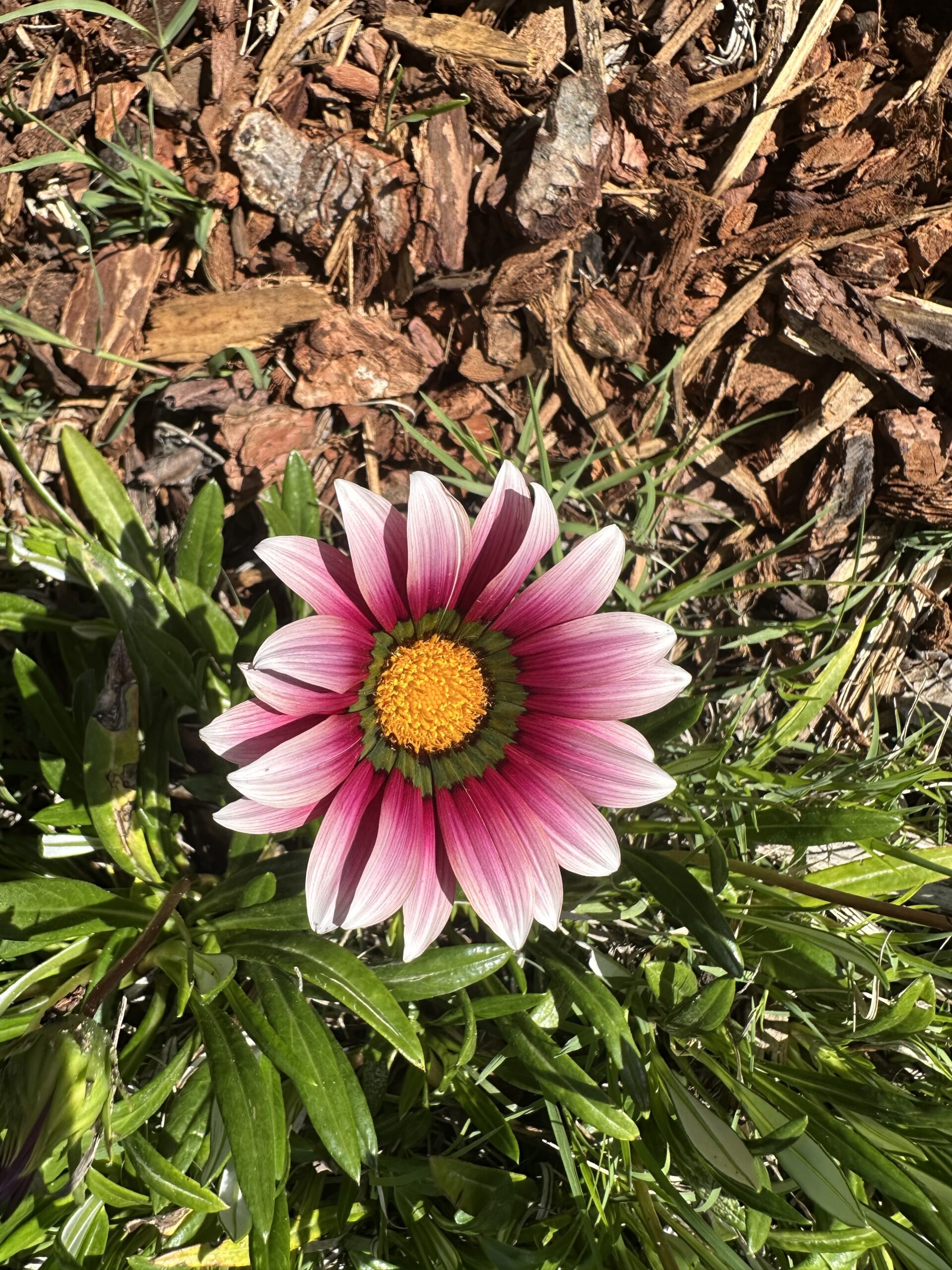
As I was developing the second lesson in C41-Three Principal Stages & Paths of Buddhist Practice, I realized a major omission. Je Tsongkapa included a basic introduction into meditation in the “Preliminaries” while H.H. Dorje Chang Buddha did not even want to talk about meditation until we were ready for the “Great Stage.” I had included the Buddha Master’s Great Dharma of Zen Practice in the Preliminaries, but I feel that we need to also include The Dharma of Cultivation there as well and explain the Buddha Master’s method. I have also included it in the “Initial Stage” when we discuss impermanence as that is the first step in the Buddha Master’s method. I would also note that Je Tsongkapa did not develop his teachings on meditative serenity (shamatha/samatha) and insight (vipashyana/vipassana) until the end of his Great Treatise on the Stages of the Path to Enlightenment and devotes the entire third volume to just that.
The course C41-Three Principal Stages & Paths of Buddhist Practice is now available, although the homework assignments are only ready for Lesson One. The other six lessons will be added asap. I have yet to figure out how this giant course will fit in both the Buddhist Studies and Xiuxing Seminary programs. It will surely be an alternative to several other less ambitious courses. It is certainly a course that focuses on the actual practice of Buddhism, but it may be taken by the curious who just want to better understand Buddhist practice, although the Conclusion in Lesson Seven is oriented to actually doing the practice.
The first lesson introduces you to the two Buddhas whose works are studied: H.H. Dorje Chang Buddha III and Je Tsongkapa (who obtained Buddhahood in the bardo and not while on earth) as well as Pabongka Rinpoche, whose commentaries on the various lam rims are used in the course. Although there are 11 Dharma Discourses and five sutras by H.H. Dorje Chang Buddha III there are only two special prerequisites: “D01(A)-The Supreme and Magnificent Dharma” that is requires for listening to any series of discourses and “D35(A)-The 128 Evil & Erroneous Views,” required background for reading commentaries and the work of other masters. It would be good to have taken all of the Buddha Master’s courses before taking this one, but it is not required.
The following chart summarizes Lessons Two through Seven and serves as your roadmap through the rest of the course. You can enlarge the chart which is shown at 61% by clicking the “plus” sign and by scrolling on either the vertical or horizontal bars or by downloading or printing it.
Lesson two deals with the preliminaries–what we need to start this journey: It helps establish the reasons for taking such a path and why we should listen to and believe in the Dharma. It starts us with an authentic meditation practice, following the techniques that have worked for those who became Buddhas and Bodhisattvas and tells us how to take a lama or spiritual friend as well as determine who is true Vajra Master. This lesson is focused on how to take the essence of this life and it introduces H.H. Dorje Chang Buddha III’s own path, the discourse He gave at my request for something to use to introduce Westerners to true Buddhist practice–The Dharma of Cultivation..
Lesson Three gives us an Initial Stage to help us develop concern for our next life. This is only a provisional goal in Buddhism, but a necessary step for Buddhist as well. Here we face impermanence and learn of the laws of karma and reincarnation and the suffering of the lower realm. If we are not already Buddhist, we may now take refuge.
By the time we reach the Intermediate Stage in Lesson Four, we should be ready to take the PATH OF RENUNCIATION, want to end the suffering of earthly existence (samsara), and cut off attachment to self and seek individual liberation or nirvana.
Lessons Five and Six are the dual paths of the PATH OF BODHICHITTA and the PATH OF THE RIGHT OR CORRECT VIEW OF EMPTINESS that are required to achieve the Great Stage–the Mahayana goal of liberating all living beings and ultimately achieving Buddhahood.
The last and Seventh Lesson offer the conclusion or the next steps you need to take after you have gained proficiency on all the other stages of this path. We will need to continue to develop our Bodhichitta and deepen our realization of prajna and we have the two new sutras that H.H. Dorje Chang Buddha III left us: the Supreme and Unsurpassable Mahamudra of Liberation and Imparting the Absolute Truth through the Heart Sutra.
My plan is to start holding weekly zoom classes on this course when we finish Part I of Imparting the Absolute Truth through the Heart Sutra (Heart Sutra), which I am guessing will be around the end of April. How we do it will depend on who is interested in joining this endeavor, but I see this as gaining the background and foundation we need for the deep dive we will then take in studying the actual text of the Heart Sutra.





Add comment